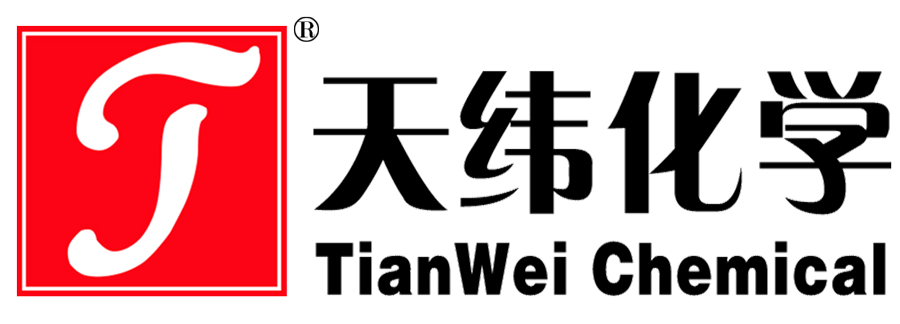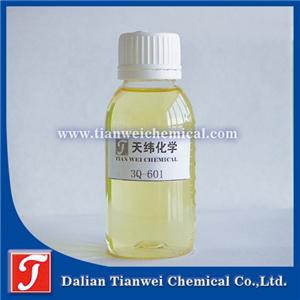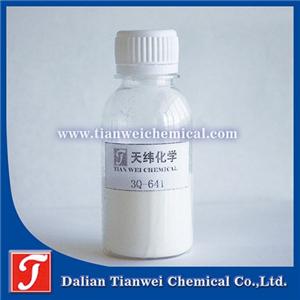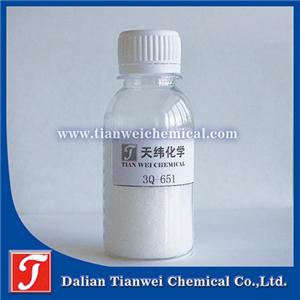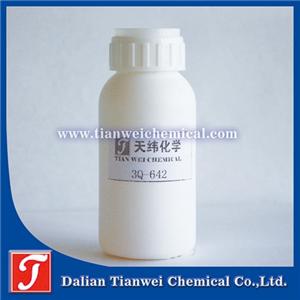-
Preservatives and mold inhibitors for textile yarns and fabrics provide long-lasting mold prevention
Preservatives and fungicides commonly used in textile yarns and fabrics are a type of chemical auxiliaries that can inhibit or kill microorganisms (such as bacteria, fungi, and yeasts). Their core function is to prevent problems such as mold, rot, odor, and strength reduction caused by microbial growth during the storage, processing, or use of textiles. The following is the specific introduction:
25-12-2025 -
The addition of antibacterial materials to TPU gastric tubes does not affect the product performance
After adding antibacterial materials to TPU gastric tubes, they have demonstrated significant advantages in the medical field, mainly reflected in the improvement of antibacterial performance, reduction of infection risk, optimization of biocompatibility, enhancement of physical properties, flexible and diverse processing, and expansion of application scenarios. The following is a detailed introduction
24-12-2025 -
Introduction to Silver Ion Antibacterial and Deodorizing Agent for Cat Litter
Cat litter silver ion antibacterial and deodorizing agent is an innovative product designed to address the odor and bacterial growth issues of cat litter by utilizing silver ion antibacterial technology. Its core principle, functional advantages, and safety are as follows:
22-12-2025 -
The antibacterial agent for PVC hospital handrails has an antibacterial rate of 99.9%, reducing cross-infection
PVC hospital handrail antibacterial agent is an additive specially designed for PVC materials, aiming to inhibit or kill microorganisms on the surface of handrails to reduce the risk of cross-infection and ensure the hygiene and safety of the medical environment. The following is a detailed introduction from five aspects: core features, mechanism of action, application advantages, application scenarios, and key points of use
19-12-2025 -
Fireproof coating anti-corrosion and anti-mold agents extend the shelf life
The anti-corrosion and anti-mold agents in fireproof coatings are key additives that ensure the performance of the coatings and extend their service life. Their mechanism of action, component characteristics and practical application scenarios can be summarized as follows:
18-12-2025 -
The function of adding antibacterial and antifungal agents to PU polyurethane leather
The function of adding antibacterial and antifungal agents to PU polyurethane leather
17-12-2025 -
Innovation in Antibacterial Technology for artificial marble countertops: A Leap from materials Science to healthy living
In high-frequency contact scenarios such as kitchens and bathrooms, traditional artificial marble countertops, due to their high porosity (typically reaching 0.5% to 2%), are prone to becoming breeding grounds for bacteria. Research shows that after three years of use, the surface colony count of a regular countertop can reach 1,200 CFU/cm², while artificial marble with added antibacterial agents can keep this value below 50CFU/cm². This technological breakthrough not only addresses the pain points of home hygiene but also promotes the upgrading of the building materials industry towards health and functionality.
08-12-2025 -
The effect of silver ion antibacterial agent on PVC crystal tablecloths
The effects of using silver ion antibacterial agents in PVC crystal tablecloths are mainly reflected in the following aspects: Highly effective antibacterial and bacteriostatic properties Silver ion antibacterial agents destroy the structure of microorganisms by releasing silver ions, thereby inhibiting the growth and reproduction of bacteria, molds and other microorganisms. Its mechanism of action includes:
04-12-2025
